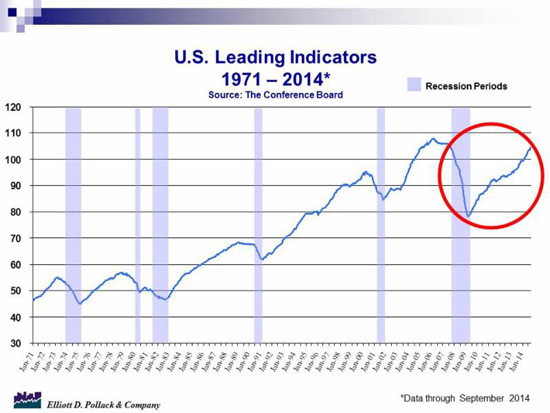 The Monday Morning Quarterback | A quick analysis of important economic data released over the past week
The Monday Morning Quarterback | A quick analysis of important economic data released over the past week
Elliott D. Pollack & Co.
With the exception of single-family housing, the economic news continues to be good. As we’ve discussed before, there are several reasons for Arizona’s weak housing market. Some of the major problems included: (1) slower rates of moving in the U.S. as a whole, (2) high numbers of mortgage holders who have little or no equity in their homes, (3) people who are “locked out” because of a foreclosure or short sale, (4) still relatively high unemployment rates, (5) millennials postponing marriage and children as well as many who still live at home with Mom and Dad, (6) the lingering effects of S.B. 1070 and (7) FINANCING. Anyone who has tried to get a mortgage over the past few years knows that it is challenging. There is more paperwork. Automated underwriting standards make it difficult for self-employed, commissioned sales people and affluent retirees. There are lower debt to income ratios, longer lockout periods and higher down payment requirements. The list goes on and on.
One of the major problems we haven’t yet addressed has been “put-backs”. A put-back is when Freddie or Fannie decides that a mortgage was not properly underwritten and, therefore, requires the underwriting bank to take the mortgage back and give Freddie/Fannie their money back. These put-backs have been used to such an extent that underwriters have significantly tougher standards for loans than was normal in the 80’s-2000. The government-backed agencies have been forcing put-backs on mortgages that were underwritten up to 10 years ago. That’s simply ridiculous. No one can know what will happen that far in the future. And the incentives are for underwriting institutions to be extremely tough on potential borrowers.
Now, the government is saying it will change the standards to 3 years and will allow the underwriting institution to correct errors that are paperwork oriented. Such a change hopefully will ease the burden on banks and allow them to be more reasonable on potential borrowers. That could be a big deal for homebuilders. It would not solve the entire problem. That will take years. But, it’s a great start.
Arizona Snapshot:
Arizona weekly unemployment claims declined 1.8% last week and are now 37.9% below a year ago.
Statewide lodging performance continues to improve. Occupancy rates in the third quarter were 56.5% compared to 54.5% a year ago. Demand was up 3.2% and supply was down 0.5%. In Metro Phoenix, occupancy was up to 52.7% from 50.3% a year ago as demand increased 3.5% while supply declined by 1.3%.
According to ASU, newly built single-family home sales increased by 2.0% in August vs. July to a total of 866 units. That’s 12.5% below a year ago.
While new home prices were up to $296,135 (a 9.3% gain from a year ago), price per square foot was up to $133.17, a gain of 7.1%. This indicates that the size of a new home grew.
According to the ASU Commercial Brokers Forum survey, commercial markets are shaky but improving. 2015 is expected to look much like 2014.
U.S. Snapshot:
While initial unemployment insurance claims were up for the week, they were down 18.4% from a year ago.
The index of leading economic indicators rose an outsized 0.8% in September against an easy August comparison when the index was unchanged (see chart below). The index is now 6.3% higher than a year ago.
Consumer price inflation for September was 0.1% over August. The CPI is now up 1.7% over a year ago. Even the rate of core inflation (all items less food and energy) was up only 1.7% over the year as well. This is a good performance.
U.S. new home sales, at a 467,000 annual rate, managed to top August’s surge. But, only after the August number was revised downward from 504,000 to 466,000. New home sales were up 17.0% from a year ago. Yet, the median new home price dropped significantly. A year ago, the median price was $269,000. Now it is $259,000.
Existing home sales rose a solid 2.4% in September when compared to August to a higher than expected 5.17 million (annual rate). But, on a year over year basis, sales were about flat.












